Here are some of the top science stories of the year 2017.
AI beats humans at poker....
In January, Libratus, an artificial intelligence computer created by researchers at Carnegie Mellon University defeated four top class poker players.
In March, “AlphaGo”, Google-run artificial intelligence (AI), defeated legendary Go player Lee Se-dol.
In December, researchers from Cornell University said that "AlphaZero", another Google-run artificial intelligence (AI) programme,won or drew all 100 chess games that it played.
Habitable earth-size planets?
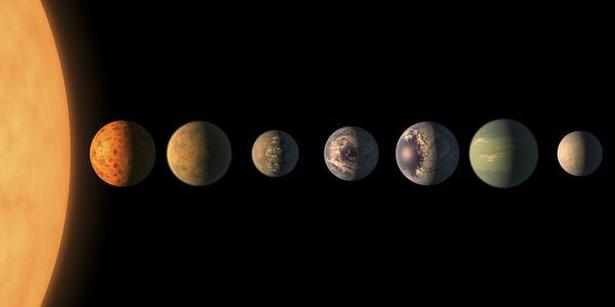
An artist's rendering of the seven planets that orbit the star named Trappist-1.
In February, NASA announced that its Space Telescope Spitzer discovered seven Earth-sized planets around a star called TRAPPIST-1. Three of these planets were reported to be in the habitable zone where liquid water can be found.
March for science
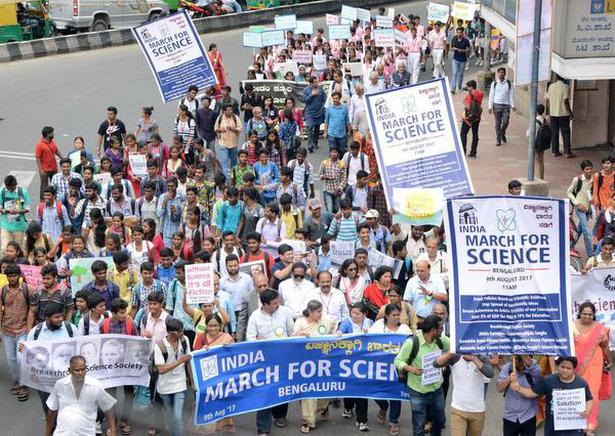
On April 22, Earth Day, thousands of people in over 600 cities took to the streets to draw attention to issues such as 'science policy' and 'evidence-based policymaking'. The Indian version of the march happened on August 9 in over 20 cities with its organisers demanding, among other things, an allocation of at least 3% of GDP toward science research and enactment of policies based on “evidence-based” science.
Homo sapiens are older than imagined
In June, a study published in Nature claimed that Homo sapiens are way older than was previously imagined. The researchers studied the facial, mandibular and dental morphology of fossil remains from Morocco and arrived at the conclusion that our species is 315,000 years old.
New particle from CERN
In July, the European Organization for Nuclear Research (CERN) reported the observation of a new particle. Named Xicc++, the new particle contains two charm quarks and one up quark. (Quarks are the building blocks that make up protons and neutrons.) The new particle, almost four times heavier than the proton, was found to live for a very short time (for a million billionths of a second).
Ice shelf breaks, largest iceberg emerges
In July, scientists from Project MIDAS, a UK-based Antarctic research project, reported the formation of a one-trillion tonne iceberg. They said that the iceberg broke off from the Larsen C shelf in Antarctica and is one of the biggest ever recorded.
Neutron stars merge
LIGO's two detectors in the US and their European counterpart Virgo picked up an unusual signal in August that lasted about 100 seconds — longer than the signal caused by black hole collisions. Gravitational waves and light emission were observed from the same cosmic event, proving that it was caused by a collision of two dying stars called neutron stars.
Gene editing and how
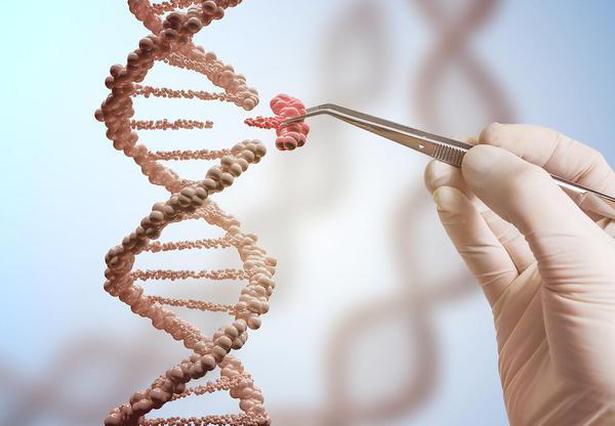
A group of international scientists used a gene editing tool called CRISPR-Cas9 and repaired a mutation in a human embryo. The group targeted a gene called MYBPC3 whose mutations can cause heart problems- hypertrophic cardiomyopathy. The results were published in Nature in August.
End of the Cassini mission
In September, NASA ended the Cassini-Huygens mission, which was started in 1997 to study Saturn. In its 20 years, Cassini helped researchers in understanding Saturn's surface, its rings and its moons.
Spotting the gravitational waves
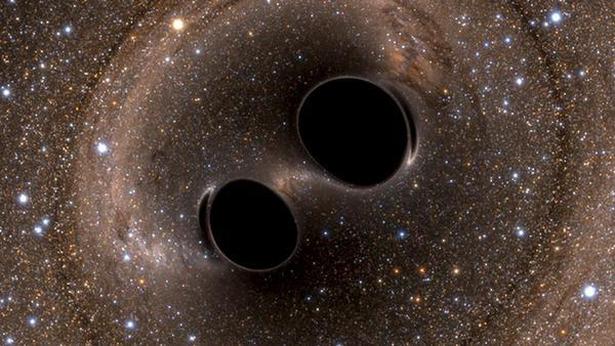
When two black holes collide, they cause ripples that spread out across the space, just like ripples in a lake. These gravitational waves were detected by observatories on Earth— the LIGO and VIRGO. This year's Nobel prize was awarded to the three founders of LIGO. The first detection of the wave was in 2015, and the latest was made in September 2017.
Cryo-electron microscopy
In October, the Nobel Prize for Chemistry was awarded to three scientists who worked on the cryo-electron microscopy. In this technique, biological molecules are frozen and their structures are studied using electron beams. The electrons hit the molecules and scatter, which are then caught by a detector to analyse the structure of the molecule.
An interstellar visitor
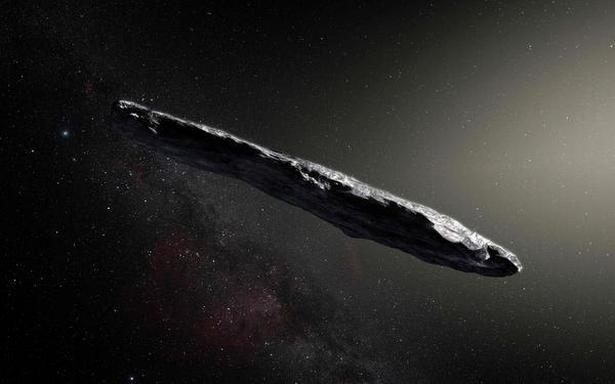
In October, the Panoramic Survey Telescope and Rapid Response System (Pan-STARRS) in the US, spotted a cigar-shaped rocky object, our first visitor from another solar system.
The circadian rhythm mechanism
The Nobel Prize for
Medicine this year was awarded to scientists who studied the genes and the proteins in the body responsible for the circadian rhythm. The level of proteins, named PER (period) and TIM (timeless), change over the daily 24-hour cycle and keep the body's biological clock running.
IBM’s quantum computer
In November, IBM announced the development of a large and powerful quantum computer capable of handling 50 qubits (quantum bits). According to IBM, this advancement will allow "high-fidelity quantum operations," making computers faster and more efficient than the current supercomputers.
Earth-like solar system
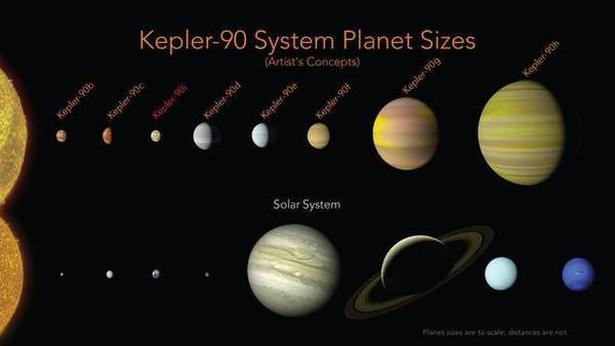
In December, NASA used Google's AI to discover two new exoplanets—Kepler 90i and Kepler 80g. The discovery of the eighth planet in the system Kepler 90 means we now know of one more solar system with eight planets.
Join Our CSAT Test Series . 25 tests @ Rs 299 : http://imojo.in/XAAM_CSAT_Testseries
Join Our Full Length Prelims Online Test Series To get The Above tests free
http://imojo.in/Online_TestSeries Get 2 years current Affair Tests Covered in the 180 tests

